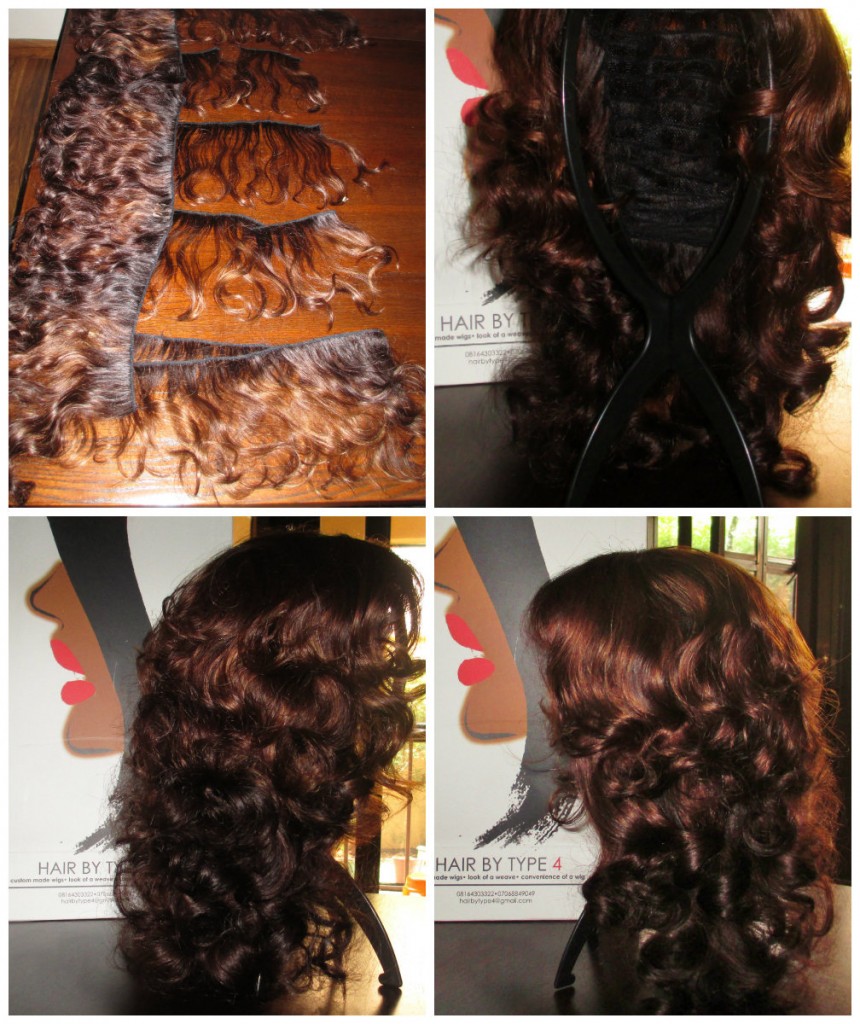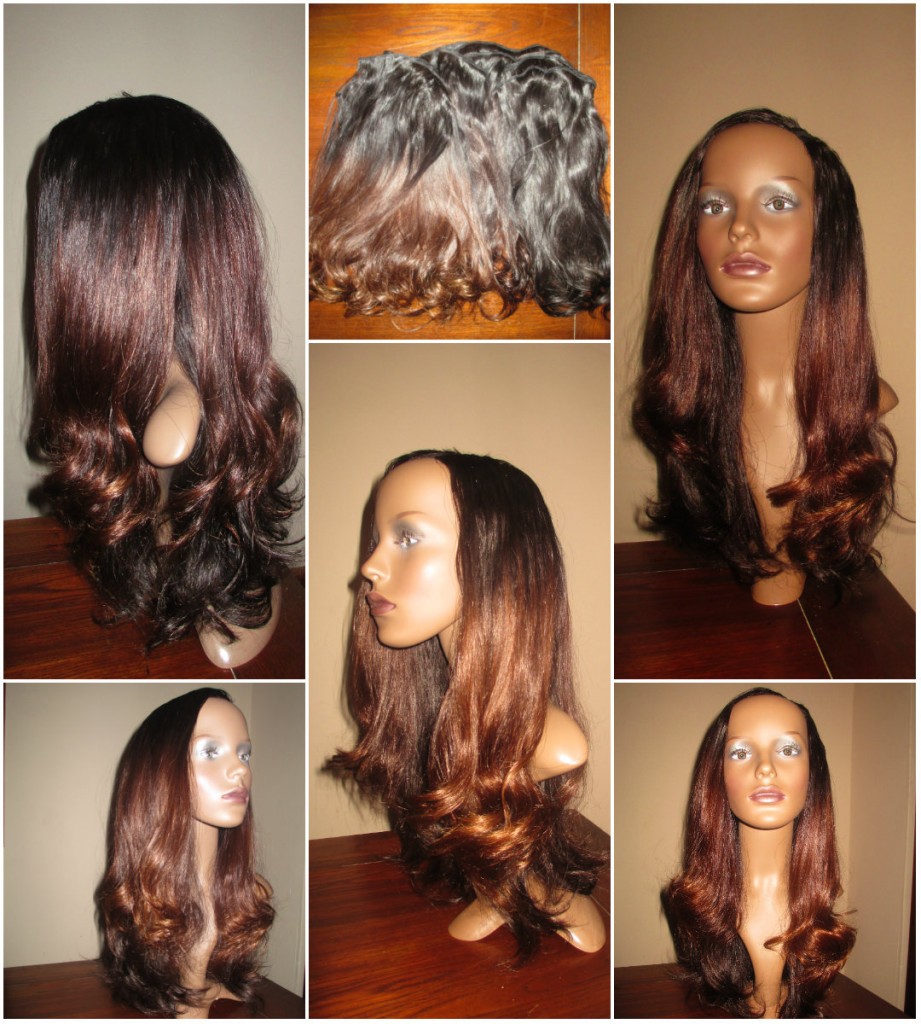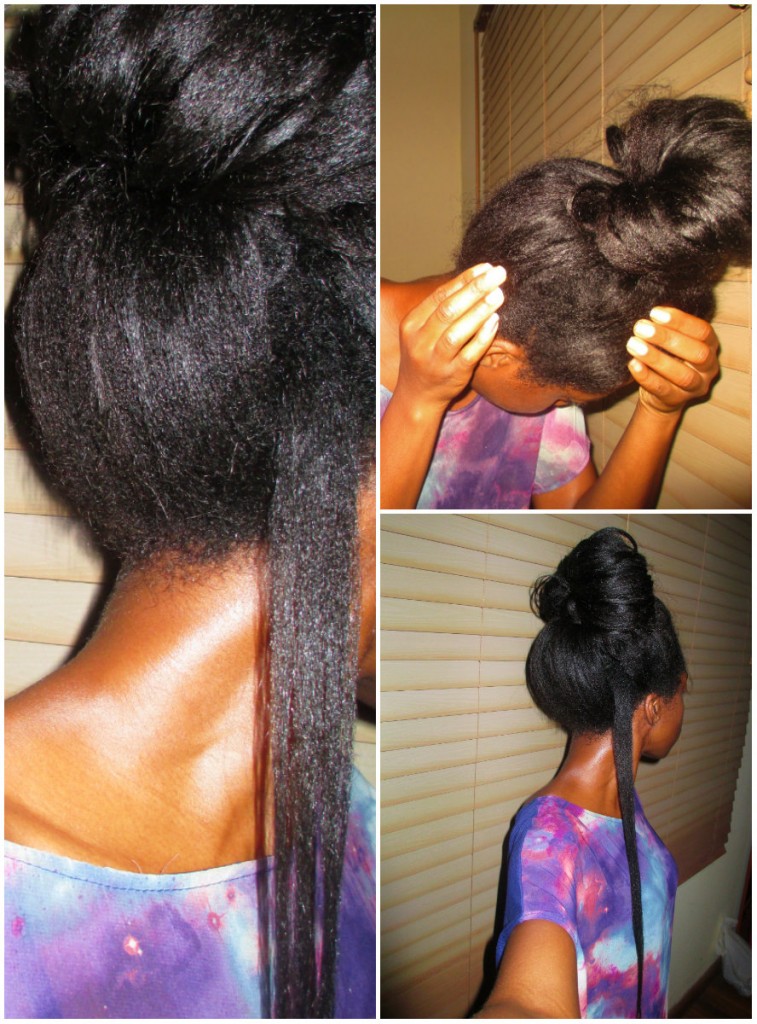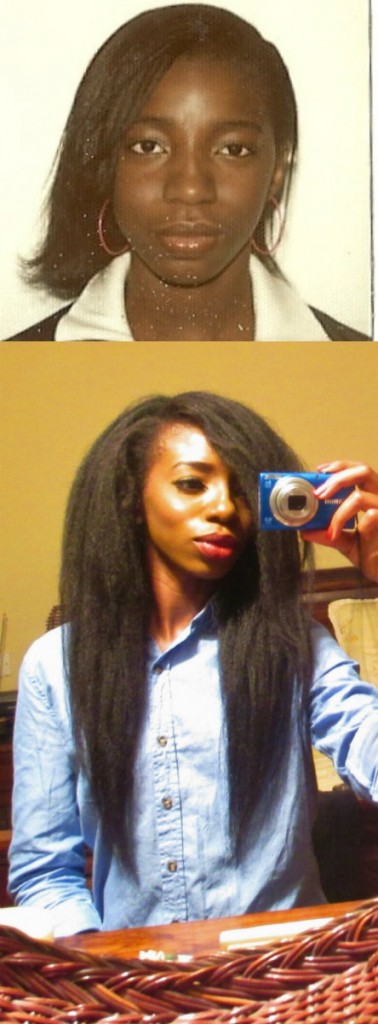Hello ladies
Thank you all so much for your comments about my certification. I am glad you have faith in me. Todays blog post as promised is all about co-washing. I am sure some of you co-wash your hair already but for the ladies that don’t know what co-washing is, I hope you find this post insightful.
WHAT IS CO-WASHING
Co-washing as the name suggests simply means washing or cleansing your hair with a conditioner instead of a shampoo. A lot of conditioners have very mild cleansing agents which can effectively lift some dirt, oils and residue from hair fibres.
Co-washing is not an essential aspect of black hair care, it is something you can experiment with and incorporate into your regimen if you believe it may be beneficial for you. At the beginning of my hair journey I experimented with co-washing but it didn’t seem to make a big difference to my hair. I know several ladies however who swear by it and never miss co-washing sessions.
WHO MAY BENEFIT FROM COWASHING
1) One of the main benefits of co-washing is that it is a great way to get a mid week moisture boost. Some ladies notice their hair’s dryness is reduced by incorporating co washing once or twice during the week.
Some ladies may find co-washing beneficial in the first few months of their hair journey. This is because lot of ladies hair, prior to their hair, journey is chronically dry and in need of extra moisture for a while to help restore some of its moisture levels.
2) Co-washing is ideal for ladies who may want to wet their hair several times a week and it is a less harsh compared to shampooing. This is very popular with natural haired ladies who tend to find it easier to detangle, comb and/or style their hair when it is wet or damp.
3) Babies and toddlers may benefit from co-washing alone and perhaps shampooing once or twice a month. Again this is because shampoos can be quite harsh when used too often on a baby or toddlers hair.
4) Ladies who exercise very often may want to cleanse their hair more than once a week may benefit from co-washing.
5) Ladies who are transitioning may find co-washing helpful in their transition. It helps to keep their natural new growth moisturised, soft and manageable.
CONS OF COWASHING
1) Some ladies opt out of shampooing completely and only co-wash their hair. This works really well for a lot of ladies. However after a while there may be some product residue left on the hair making it look dull and weighing it down. Ladies who co-wash only should try to wash their hair with a clarifying shampoo every 3 to 4 weeks or when they feel their hair needs it. This will help strip off stubborn dirt and product residue.
2) We all know how hectic life can get and sometimes it may be a little difficult to squeeze in a mid week hair treatment. For ladies who have shorter hair (natural or relaxed) it may be easier to fit in co washing mid week. This is because detangling, co washing, drying and styling shorter hair mid week may not be as tasking as it would be for a lady with longer hair. Sometimes it really isn’t practical especially if your hair is in a long term protective style.
HOW TO CO-WASH PRACTICAL TIPS
Type of Conditioner
A moisturising instant conditioner should be used to co wash. It is best to use a light instant conditioner (thin and watery consistency, the instructions usually say that it should be rinsed out after a few minutes). Instant conditioners are light weight and even if used several times a week will not leave too much residue on your hair.
Deep conditioners should not be used for co-washing and they are usually too thick and heavy to be used several times a week as it will leave a lot of residue on your hair.
Methods of Co-washing
There are so many methods and ways of co washing your hair, some ladies pre-poo before co-washing, some ladies co-wash dry hair and some prefer to wet their hair before co-washing. I will set out two methods below but please note that you can experiment a bit and come up with a method that you think will work best for your hair.
A – detangle your hair ,some coconut or olive oil can be applied to help with detangling. Apply conditioner to your hair from root to tip; this can be done in sections. Massage your scalp gently and pull the conditioner through the length of your hair, do not rub or twist the length of your hair. After a few minutes, rinse thoroughly with warm water. Apply some more conditioner massage and rinse out after 2 to three minutes. Try to complete the co-washing in sections to avoid unnecessary tangling. Also do not roll up or bunch up the length of your hair to your scalp as this may cause tangling.
B- Detangle and wet hair lightly, apply conditioner to hair from root to tip, massage your scalp gently, pull the conditioner through the length of your hair for a few minutes and rinse out. At this stage some ladies deep condition their hair using their moisturising deep conditioner. They simply apply the deep conditioner, cover their hair with conditioning cap and apply heat for some minutes and then rinse out.
After the final conditioner has been rinsed out, you can proceed by applying your leave in conditioners and drying your hair.
Currently I do not co-wash my entire head however when I ‘am wearing wigs I occasionally co-wash the leave out hair to boost its moisture levels. I will do a full post on how I care for my leave out hair soon.
I hope you’ve found this blog post useful. Please come back soon for the next post in which I will share the full details of the Hairducation Consultation Service.
Are you a co-washer? What conditioner do you use and what is your method?
X
Lade
Learn | Change | Grow

















